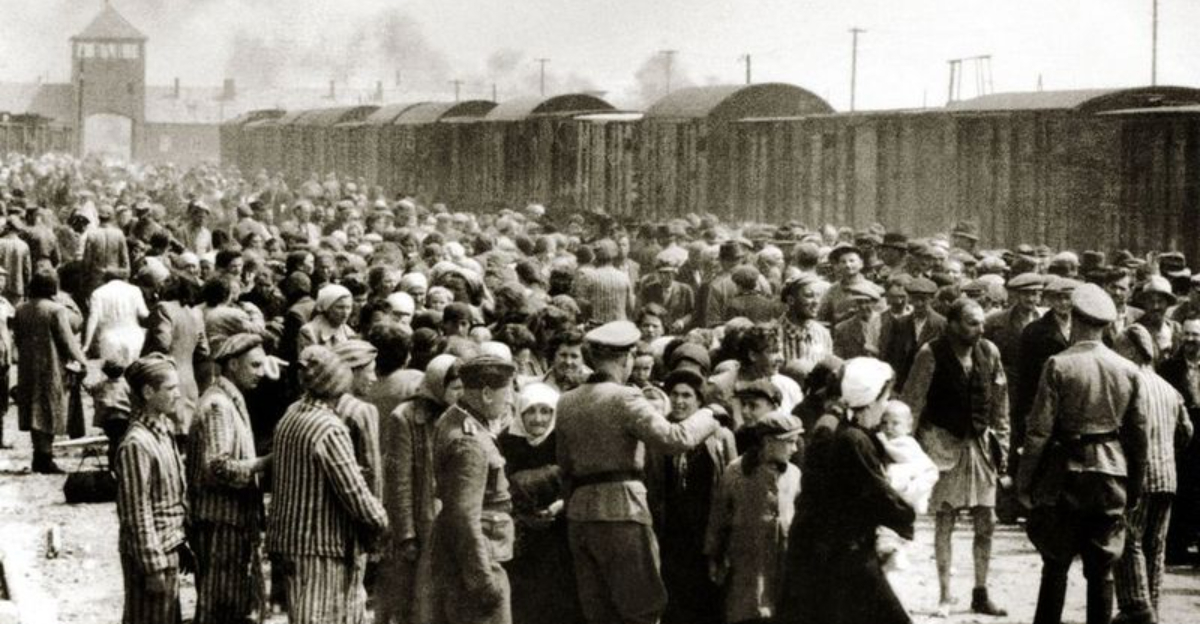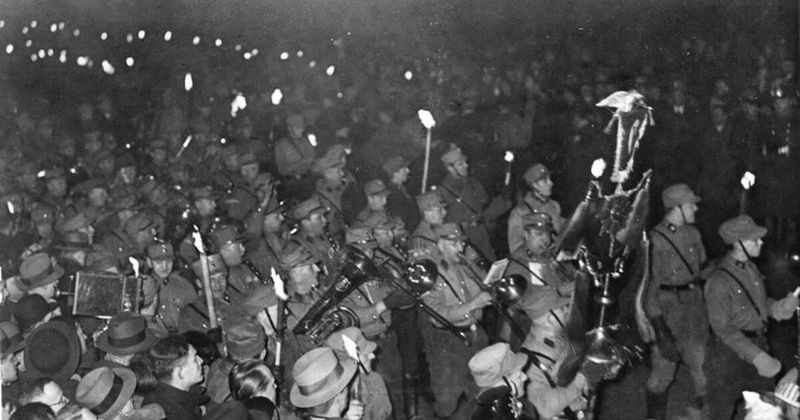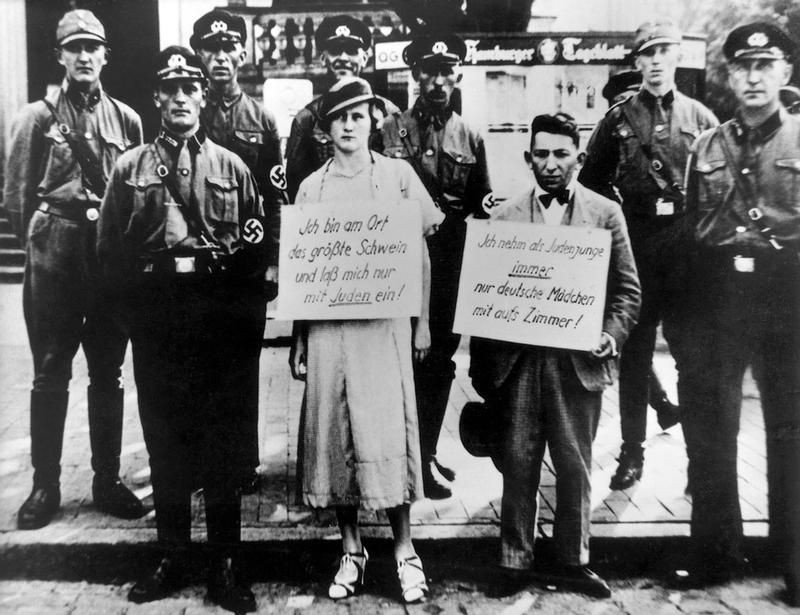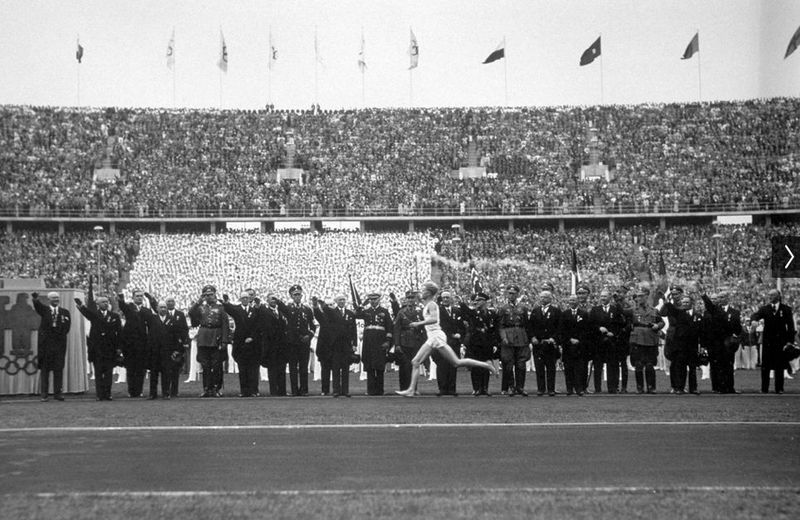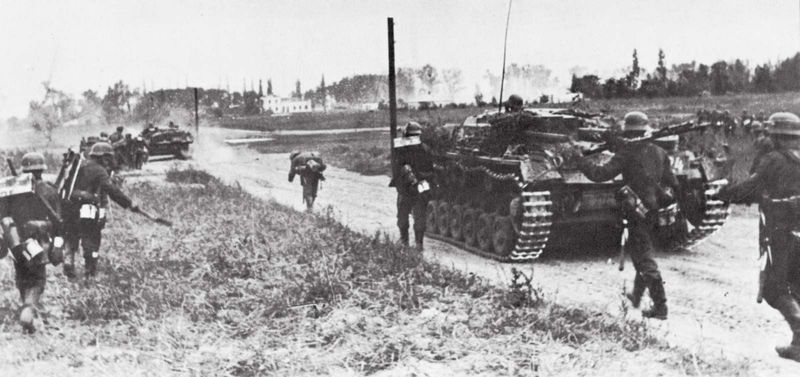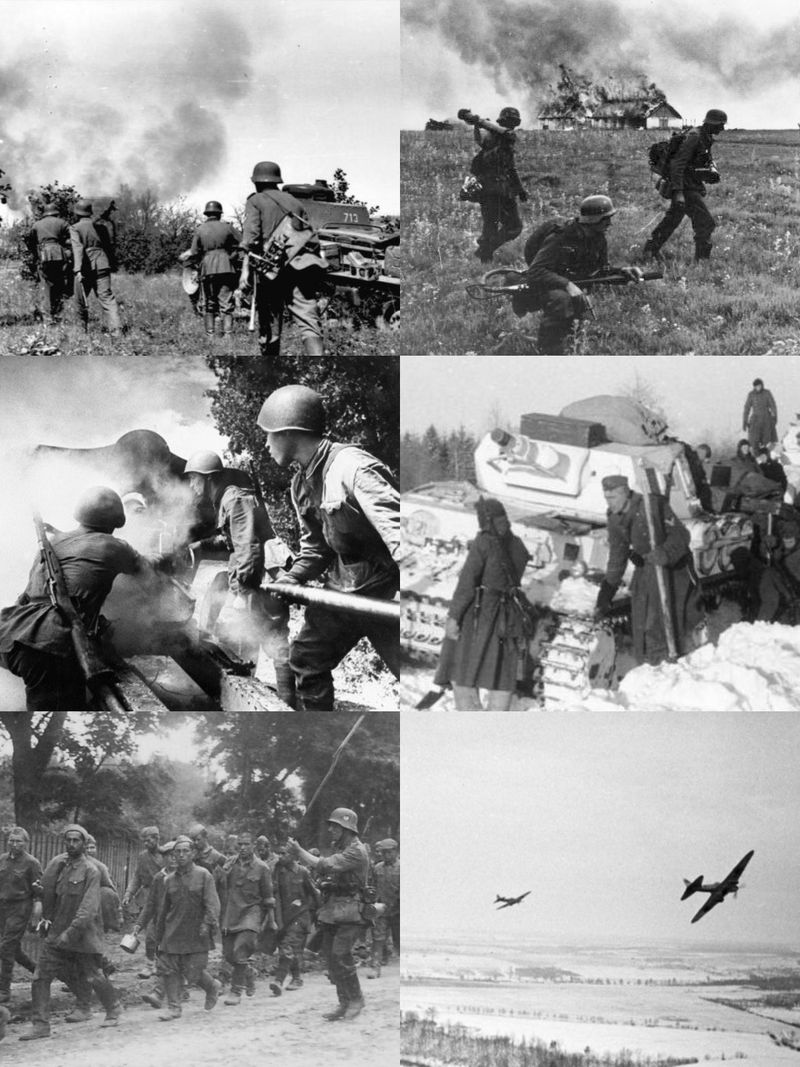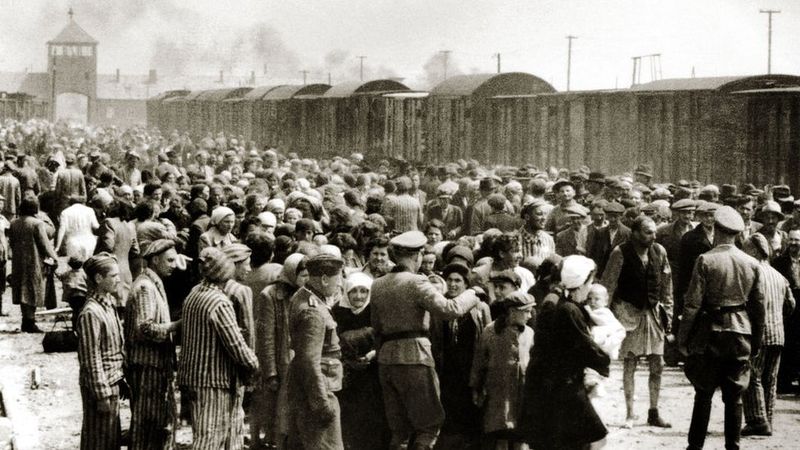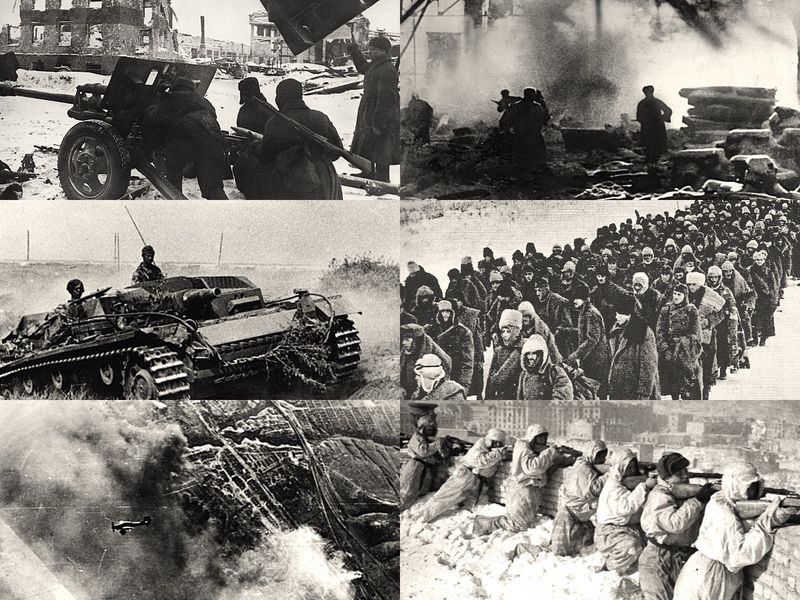Explore the pivotal events and daily experiences of life in Nazi Germany, from Hitler’s rise to power in 1933 to the fall of the regime in 1945. This period reshaped the world, with profound impacts on politics, society, and individual lives.
1. 1933: Hitler Seizes Power
The year 1933 marked a turning point in German history as Hitler was appointed Chancellor on January 30. Many Germans hoped for stability after years of economic turmoil. However, the Reichstag Fire in February, blamed on communists, paved the way for the Enabling Act. This act, passed in March, gave Hitler dictatorial powers, ending democracy. By April, the boycott of Jewish businesses began, with Nazi thugs intimidating shoppers. May witnessed the disturbing book burnings, targeting works by Jews and “undesirables.” Propaganda became ubiquitous, while the Gestapo’s influence led to widespread fear and neighbors spying on each other.
2. 1934: The Night of the Long Knives
In 1934, Hitler solidified his power through a brutal purge. On June 30, known as the Night of the Long Knives, he eliminated his rivals, including SA leaders and conservatives. August saw Hitler proclaim himself Führer after President Hindenburg’s death. The mandatory “Heil Hitler” salutes became a daily routine, with refusal leading to arrest. Children, indoctrinated from a young age, joined the Hitler Youth. This atmosphere of fear and control permeated German society, where dissent was perilous, and loyalty to the regime was enforced rigorously through propaganda and state surveillance.
3. 1935: Nuremberg Laws—Jews Stripped of Rights
The Nuremberg Laws of 1935 were a significant blow to Jewish rights, marking a legal foundation for discrimination. Jews were reduced to second-class citizenship, barred from marrying Germans. Schools began teaching Aryan superiority, embedding antisemitism into education. Jewish professionals, including doctors and lawyers, lost their jobs, as Nazis took over businesses. Swastikas adorned public spaces, stamps, and currency, embedding the regime’s ideology in daily life. These laws isolated Jews socially and economically, foreshadowing the horrors to come, and leaving a chilling legacy of intolerance and segregation.
4. 1936: Berlin Olympics—Nazi Propaganda Show
The 1936 Berlin Olympics were a grand stage for Nazi propaganda, masking the regime’s racist policies. Although Hitler aimed to showcase Aryan supremacy, he was forced to allow some non-Aryan athletes. Earlier that year, in March, the Nazis boldly remilitarized the Rhineland, defying the Treaty of Versailles. The German economy appeared to improve, but it was built on war preparations. Meanwhile, dissidents vanished, with concentration camps like Dachau and Sachsenhausen holding political prisoners. These events highlighted the regime’s duplicity, as the world watched with varying degrees of skepticism and admiration.
5. 1938: Kristallnacht—The Night of Broken Glass
Kristallnacht, or the Night of Broken Glass, occurred on November 9-10, 1938, marking a violent escalation against Jews. Synagogues were set ablaze, Jewish-owned shops vandalized, and 30,000 Jewish men arrested. The victims were forced to pay for the damages, while additional laws further stripped their rights. Jewish children faced expulsion from schools, and families desperately sought refuge abroad, with few countries willing to accept them. The Nazi regime also expropriated Jewish wealth, “Aryanizing” businesses. This pogrom underscored the perilous existence for Jews in Germany, as violence and oppression intensified.
6. 1939: World War II Begins
World War II began on September 1, 1939, when Germany invaded Poland, prompting Britain and France to declare war. Simultaneously, Hitler secretly initiated a euthanasia program targeting disabled individuals. As the conflict escalated, rationing became a part of daily life, controlling food, clothing, and fuel supplies. Draft notices were sent to families, with men conscripted into the military and women required to work in factories. Life in Germany transformed, as the nation mobilized for a prolonged and devastating war that would engulf Europe and reshape global politics and societies.
7. 1940: Blitzkrieg & Ghettos
1940 witnessed Germany’s rapid military successes through blitzkrieg tactics. The Nazis swiftly conquered Denmark, Norway, and France between April and June. Meanwhile, in Warsaw, the Jewish ghetto was sealed, trapping 400,000 Jews in dire conditions. British air raids targeted German cities, forcing civilians into bomb shelters. The regime initiated forced labor, exploiting Poles, Jews, and prisoners of war. Life in Germany was marked by both the exhilaration of military victories and the grim realities of war. The nation’s aggressive expansion and oppressive policies intensified the suffering of millions across Europe.
8. 1941: Holocaust Begins—Invasion of USSR
The Holocaust and a brutal campaign against the Soviet Union began in 1941. Operation Barbarossa was launched on June 22, leading to the deaths of millions. By December, the Nazis established the first death camps like Chełmno, as mass shootings proved insufficient. Soldiers’ letters home often omitted the atrocities they witnessed. The harsh Russian winter resulted in severe hardships for German troops. Many Germans were unaware of the death camps, while the eastern front became a graveyard for Hitler’s ambitions. This year marked a sinister turn in the Nazi regime’s genocidal policies and military overreach.
9. 1942: The Final Solution
By 1942, the Nazis formalized the Final Solution at the Wannsee Conference on January 20, planning the systematic genocide of Europe’s Jews. Death camps like Auschwitz expanded, with gas chambers operating daily. The Allies intensified bombing campaigns, leaving German cities like Cologne in ruins. As the war dragged on, doubts about Hitler’s leadership grew among Germans. However, expressing dissent was life-threatening, with execution as a common consequence. The regime’s focus on industrialized murder revealed its inhumanity, as it prioritized extermination over military strategy, leading to unprecedented horrors and moral decay.
10. 1943: Germany Loses at Stalingrad
Germany’s defeat at Stalingrad in 1943 was a turning point in the war. On February 2, the entire German army surrendered. Meanwhile, the Warsaw Ghetto Uprising saw Jews valiantly resist, only to face massacre. Hitler declared total war, conscripting teenage boys and elderly men. Food shortages became severe, forcing people to eat cats and rats. The morale in Germany plummeted as the war effort demanded more sacrifices. This year signaled the beginning of the end for Nazi ambitions, as the loss at Stalingrad shattered the myth of German invincibility and highlighted the regime’s desperation.
